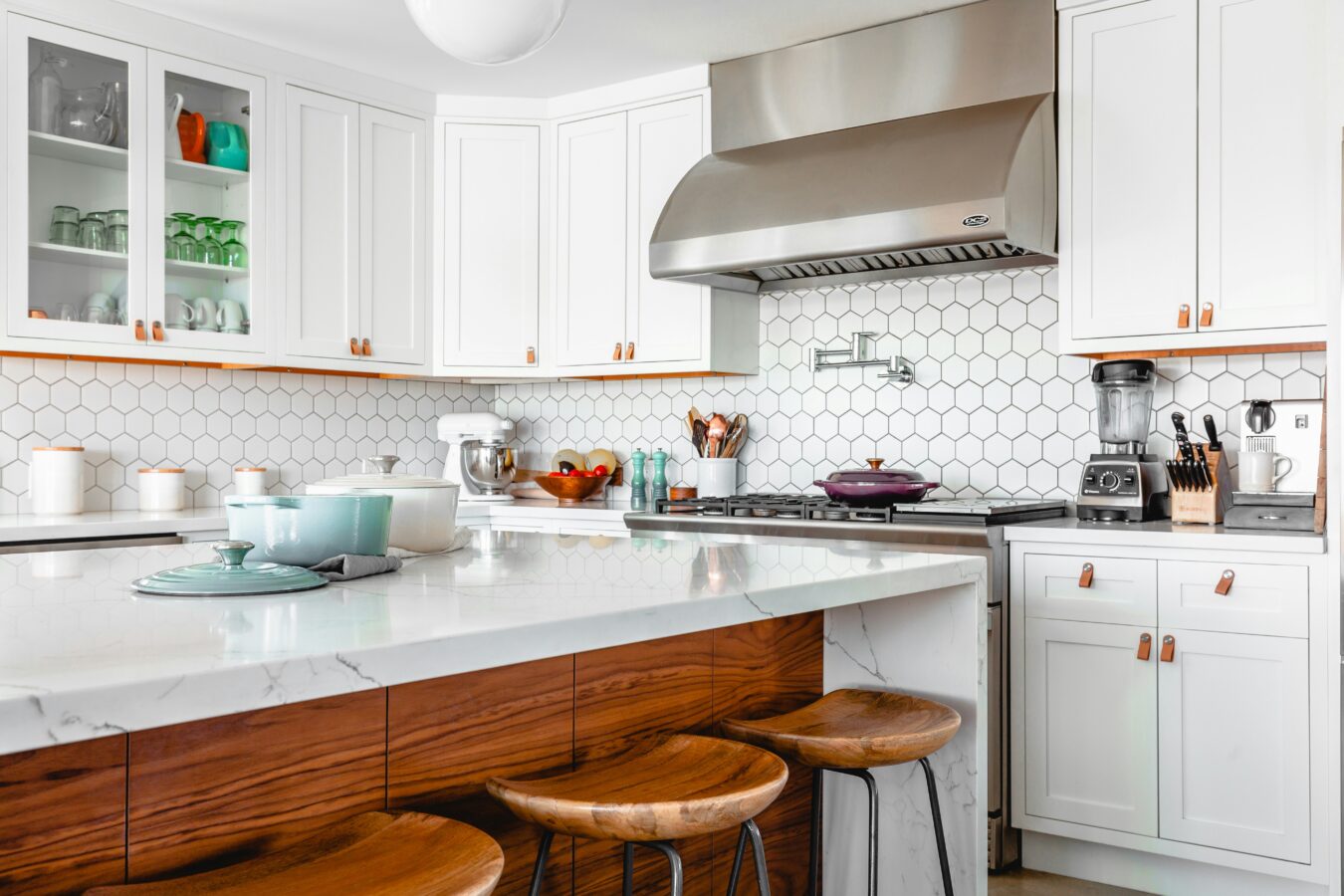Choosing the perfect floor plan for your custom home is a crucial step that shapes the entire living experience. A well-designed floor plan ensures functionality, comfort, and style, aligning with your lifestyle and preferences. Here are some essential tips to guide you through the process of selecting the ideal floor plan for your custom home.
1. Assess Your Needs and Lifestyle
The first step in selecting a floor plan is to assess your needs and lifestyle. Consider the number of bedrooms and bathrooms you need, the size of your family, and any specific requirements such as a home office, gym, or guest room. Think about how you use your current space and what changes would improve your daily living. Do you prefer open-concept living areas, or do you need separate spaces for different activities? Understanding your needs will help you choose a floor plan that enhances your lifestyle.
2. Consult with Your Home Builder
Consulting with your home builder early in the process is essential. Experienced construction companies have a wealth of knowledge about floor plans and can provide valuable insights into what works best for different types of families and lifestyles. Discuss your needs and preferences with your builder, and seek their advice on floor plans that align with your vision. They can also help you understand the practical aspects of different layouts, such as how they affect the flow of the home, natural light, and energy efficiency.
3. Consider Your Future Needs
While it’s important to design a home that suits your current lifestyle, it’s also wise to think about your future needs. Are you planning to expand your family, or do you anticipate aging in place? Consider how your needs might change over the years and choose a floor plan that offers flexibility and room for growth. For example, a single-story home might be more practical for aging in place, while a larger home with extra bedrooms could accommodate a growing family.
4. Focus on Functionality
Functionality is a key factor in choosing a floor plan. A beautiful design is important, but if the layout doesn’t work for your daily activities, it can lead to frustration. Pay attention to the flow of the home and how different spaces connect. Ensure that high-traffic areas, such as the kitchen, living room, and bathrooms, are easily accessible and that there’s enough storage space. Think about how you’ll move through the home and how each space will be used.
5. Prioritize Natural Light and Ventilation
Natural light and ventilation play a significant role in the comfort and ambiance of your home. When selecting a floor plan, consider how windows and doors are positioned to maximize natural light and airflow. Well-placed windows can make rooms feel larger and more inviting, while good ventilation helps maintain a healthy indoor environment. Discuss with your builder how to optimize these elements in your chosen floor plan.
6. Evaluate the Lot and Surroundings
The location and orientation of your lot can influence your floor plan choice. Evaluate the size, shape, and topography of your lot, as well as the surrounding views and privacy considerations. A floor plan that works well on a flat, spacious lot might not be suitable for a sloped or narrow lot. Take into account how the home will sit on the land and how outdoor spaces like patios and gardens will be integrated.
7. Stay Within Your Budget
While it’s tempting to choose the most elaborate floor plan, it’s crucial to stay within your budget. Custom homes come with various costs, including construction, materials, and finishing touches. Work with your builder to understand the cost implications of different floor plans and choose one that offers the features you need without exceeding your budget. A well-planned home doesn’t have to be the most expensive; it just needs to meet your needs efficiently.
8. Personalize with Flexibility
Finally, look for a floor plan that allows for personalization and future modifications. Your tastes and needs might change over time, so it’s beneficial to choose a layout that offers some flexibility. Whether it’s the ability to add a room, modify a space, or upgrade features, a flexible floor plan ensures that your home can adapt to your evolving lifestyle.
In conclusion, selecting the perfect floor plan for your custom home involves assessing your current and future needs, consulting with your home builder, focusing on functionality, and considering factors like natural light, the lot, budget, and flexibility. By taking these tips into account, you can create a home that not only looks beautiful but also enhances your daily living experience.
